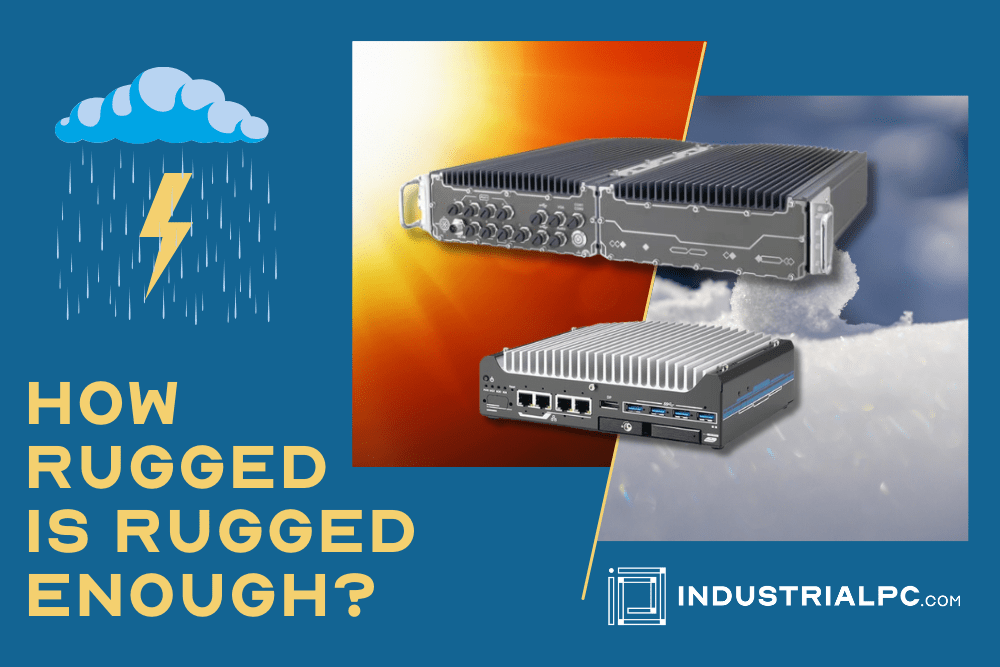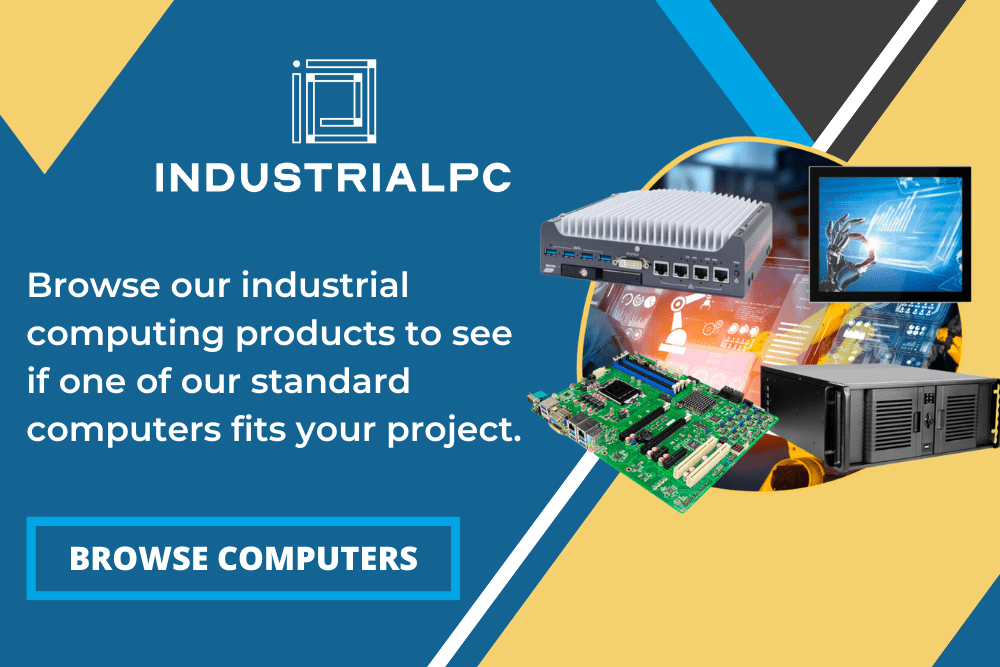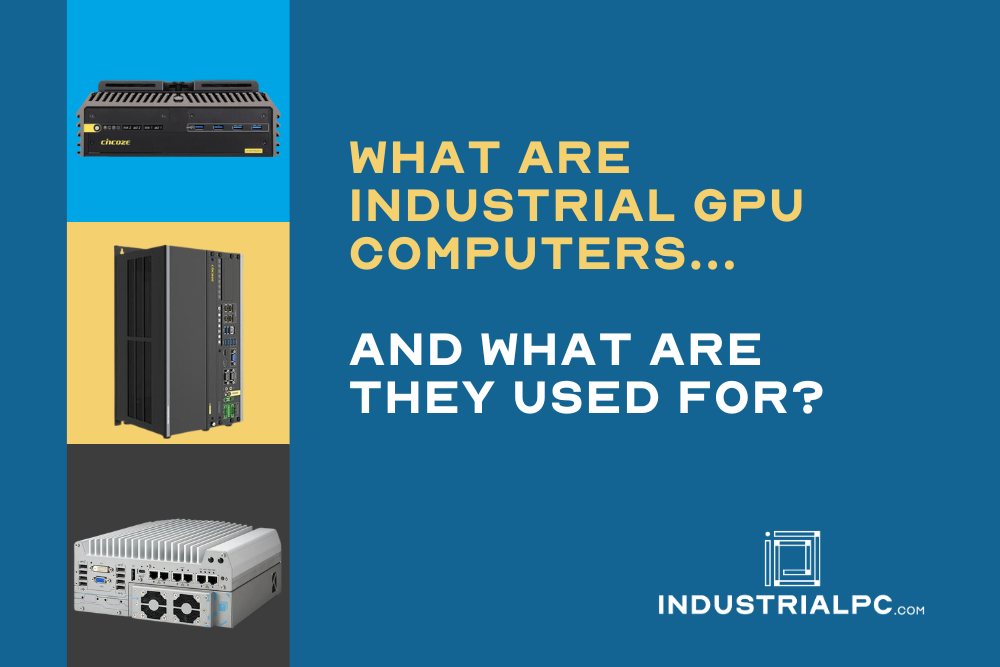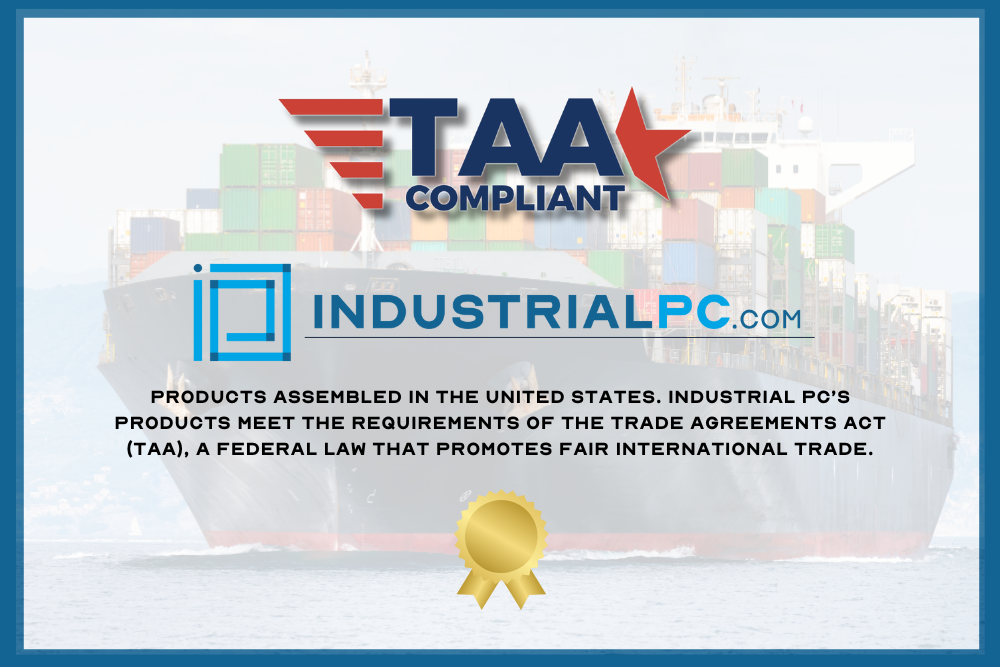In the world of embedded computers, there’s a fine line that separates rugged systems from industrial-grade systems.
While every rugged computer can be classified as industrial, not all industrial computers are considered rugged. The distinguishing factor between these two categories lies in the added design features of rugged systems that enhance their reliability and functionality under extreme conditions.
The Industrial vs. The Rugged Industrial
Industrial embedded computers and rugged computers have unique attributes that make each suitable for certain applications and deployment scenarios. Industrial embedded computers excel in controlled industrial environments. They seamlessly integrate with existing systems and processes, ensuring smooth operation.
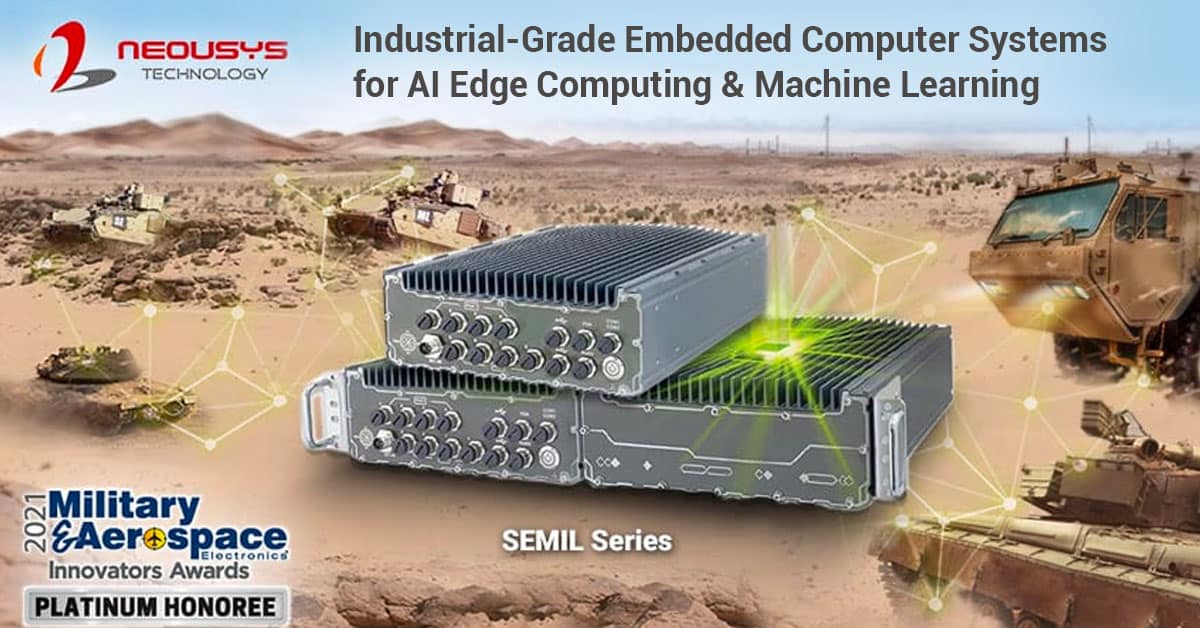
On the contrary, rugged PCs are designed to endure the harshest conditions, making them an excellent choice for in-vehicle, military, or outdoor field applications where environmental challenges are a norm.
Factors Influencing the Choice
The selection between these two types of computers requires careful consideration of various aspects such as robustness, connectivity, power, cost, and deployment objectives.
Robustness
Connectivity
Power
Cost
Deployment
Robustness
The robustness of a system refers to its ability to withstand and operate effectively under harsh conditions. Rugged industrial computers are known for their superior robustness, capable of functioning in extremely harsh conditions where standard computers would fail.
Connectivity
As embedded systems are often part of larger systems, connectivity is a crucial aspect. Both industrial and rugged systems offer different connectivity options, catering to diverse application needs.
Power
Raw processing power is another important factor. Depending on the application, you may require a system with high processing power and memory capacity that you’ll find in a rugged system, but may not always be found in a standard industrial computer.
Cost
As always, cost plays a significant role. While rugged systems might come with a higher upfront cost, they often prove to be more cost-effective in the long run due to their durability and longevity.
Deployment Goals
Lastly, your deployment objectives will significantly influence your choice. Whether you need a system for controlled industrial settings or for challenging outdoor applications, your goals will direct your decision-making process.
RELATED RESOURCES:
Why You Need To Customize Your Rugged PC: The Proof Is In The Fine Print
So you need a computer that can withstand rough handling (shock, vibration) or extreme temperatures? Easy enough. Buy a rugged computer! But how do you know if the rugged computer you are looking at is rugged enough?
Rugged Embedded Computers
Looking for an industrial computer that can handle your application’s needs and operating environment? Browse our rugged computers or start by building a quote and we’ll help you customize the PC to your needs.
Understanding the Operating Environment
Before selecting an embedded computer, it’s crucial to understand the operating environment in which it will be deployed.
Performance Requirements
First, determine the performance requirements of your application. This involves analyzing the specific tasks and functions that the computer will need to perform.
Evaluating the processing power, memory capacity, and storage capabilities required to handle the workload efficiently will ensure that the computer can meet the demands of your application without any performance bottlenecks.
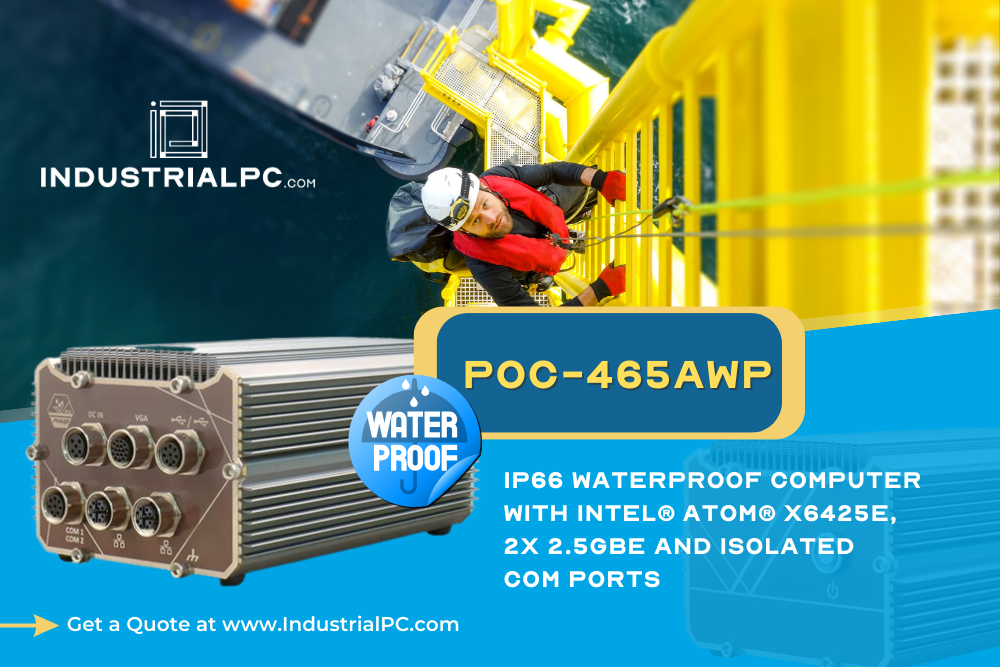
Environmental Conditions
Next, consider the environmental conditions that the embedded computer will be exposed to. Rugged computers are often subject to harsh conditions such as extreme temperatures, humidity, dust, and vibrations.
Assessing these environmental conditions will help you choose a system that can endure the rigors of your operational environment.
Key Factors Determining Ruggedness
Ruggedness in embedded computers is determined by several key factors.
Extreme Temperatures
Industrial PCs can operate under extreme temperatures, both hot and cold. But just how hot and how cold will influence how rugged the computer should be for your environment. Keep in mind – you may regularly operate between a certain temperature range, but a cold start in the morning hours outside might require an added level of ruggedness, or temperature specifications. Temperature is a critical factor when deploying systems in environments with significant temperature variations.
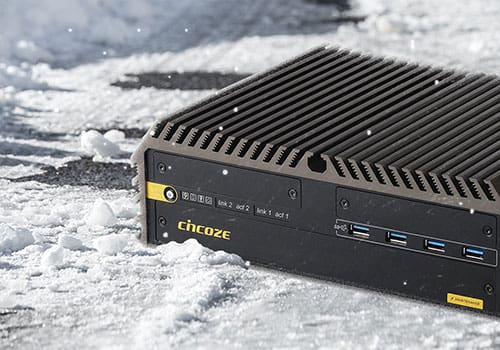
Shock and Vibration
Some level of shock and vibration are common in many industrial environments. High levels of significant shock and vibration would need to rely on rugged systems that are designed to withstand these conditions without any performance loss.
Dust and Moisture
Dust, particulates, and moisture can severely affect the performance of standard computers. Rugged industrial computers, however, are built to resist these elements, ensuring reliable operation.
Power Disturbances
Lastly, power disturbances can cause significant operational issues. Rugged systems are designed with advanced power management features to handle such disturbances.
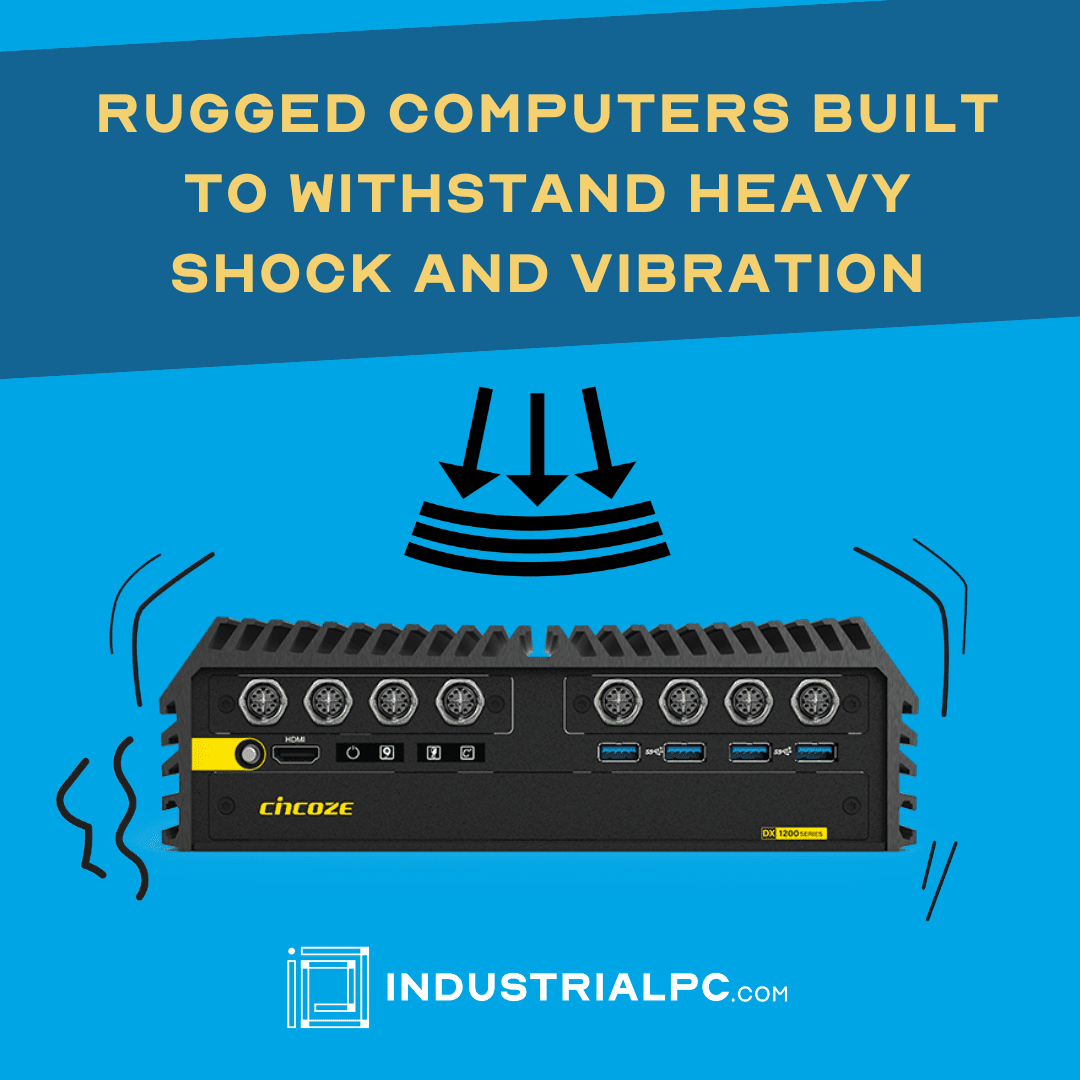
Determining if Your PC is ‘Rugged Enough’
When it comes to embedded computers, the right level of ruggedness can make all the difference in your operations.
Use this guide as you shop for an industrial computer, or reach out to the experts at Industrial PC and we can guide you through the best options for your specific need and environment, ensuring that your new industrial computer is rugged enough.
TELL US YOUR PC REQUIREMENTS
and we’ll give you your options and price:
TIP: When building your quote below, each section allows you to select one option, multiple options, or no option if you’re unsure. Fill out as little or as much information as you know and we’ll take it from there!
BUILD YOUR EASY PC QUOTE:


